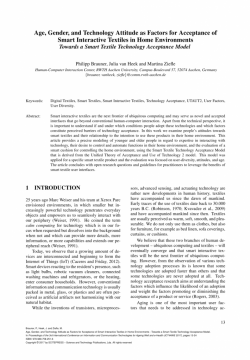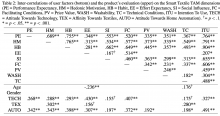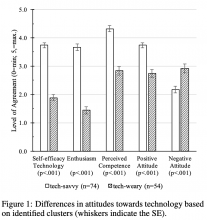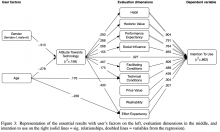
Abstract
Smart interactive textiles are the next frontier of ubiquitous computing and may serve as novel and accepted interfaces that go beyond conventional human-computer interaction. Modern computer interfaces increase in functionality and potential, shrink in size, and enter our everyday lives. Apart from the technical perspective, it is important to understand if and under which conditions people adopt these technologies and which factors constitute perceived barriers of technology acceptance. In this work we examine people's attitudes towards smart textiles and their relationship to the intention to use these products in their home environment. This article provides a precise modeling of younger and older people in regard to expertise in interacting with technology, their desire to control and automate functions in their home environment, and the evaluation of a smart cushion for controlling the home environment, using the Smart Textile Technology Acceptance Model that is derived from the Unified Theory of Acceptance and Use of Technology 2 model. This model was applied for a specific smart textile product and the evaluation was focused on user-diversity, attitudes, and age. The article concludes with open research questions and guidelines for practitioners to leverage the benefits of smart textile user interfaces.
Brauner, P., Van Heek, J., Ziefle, M.: Age, Gender, and Technology Attitude as Factors for Acceptance of Smart Interactive Textiles in Home Environments. In: Proceedings of the 3rd International Conference on Information and Communication Technologies for Ageing Well and e-Health (ICT4AWE 2017). pp. 13–24. SCITEPRESS – Science and Technology Publications, Porto, Portugal (2017).
Related Project(s):


